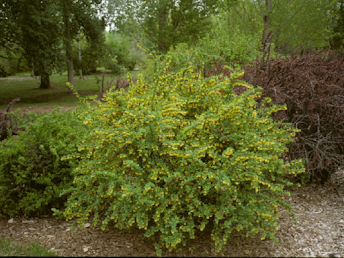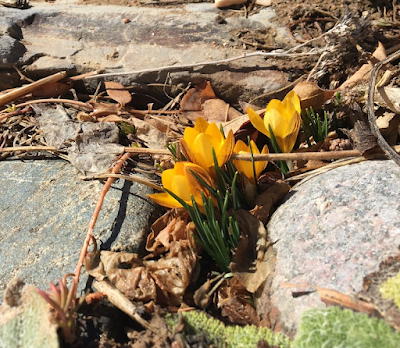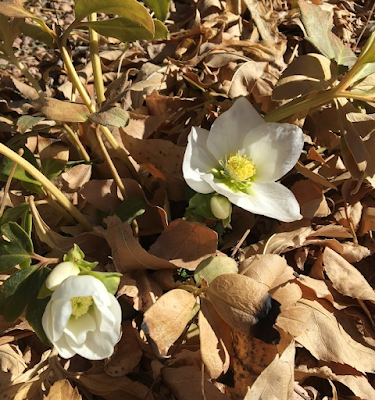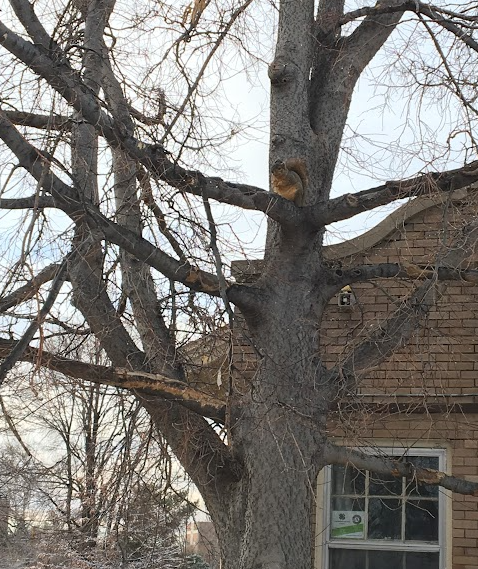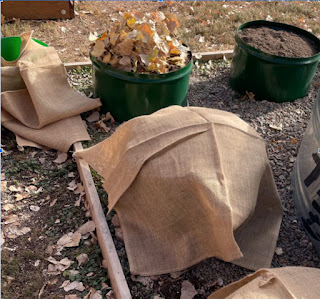Some More Unusual Shrubs to Consider for Colorado
James E. Klett
Professor Emeritus
The
following five shrubs have proven to be tough and reliable options for Colorado
Front Range. We have observed their performance over a number of years at the Heritage
Arboretum on the Colorado State University Campus. They have shown year after
year to be adaptable and very dependable. Most have multiple seasons of
interest and ornamental features.
1.
Berberis x ‘Tara’ - Emerald
Carousel® Barberry
·
This shrub is a hybrid between B.thunbergia
and B.Koreana with deep green summer foliage with persisting red to
purplish fall foliage color. It has a rounded growth habit with more arching
branches and grows to about 4-5 feet in height and width. It is cold hardy to
zone 4 to 6.
·
Sun, xeric
· Tips and tricks – it has more showy yellow flowers in spring followed by red fruit which can persist after leaf drop. Plant very adaptable to most soil conditions.
2.
Cornus
mas – Cornliancherry Dogwood
·
This dogwood can be grown as a larger shrub or
smaller tree maturing to about 15-15 feet in height and width. The yellow
flowers before the leaves in March are often the first sign of spring which is
followed by red fruit in August that is often sparsely produced due to late
spring frost. Hardy to zone 4.
·
Sun, xeric
·
Tips and tricks – the darker green foliage is
attractive during the summer with prominent venation and prefers a well-drained
soil but is quite pH adaptable.
3.
Foresteria neomexicana - New
Mexico Privet
·
This privet is a native Colorado Shrub that can
be pruned to a small multi-stem tree by pruning out lower twigs to display
light tan to off white bark. It has small yellowish flowers before the leaves
in April followed by blue-black fruit on female plants. It can grow 15-18 feet
in height and width. Hardy to zone 4 to 7.
·
Sun, xeric
·
Tips and tricks – this is a very drought tolerant
shrub and adapts well to well-drained alkaline soil.
4.
Kolkwitzia amabilis (syn. linnaea
amabilis) - Beauty Bush
·
Beauty bush is given that name due to the
mid-late spring flowers with yellow throats that cover the entire plant for
several weeks in late spring. It has a very dense upright arching due to vase
shape to fountain like growth habit. The fruit which is a brown universal
shaped capsule like fruit that persists into the winter. It is cold hardy to
zone 4 to 8.
·
Sun, xeric
·
Tips and tricks – the plant has exfoliating
light greyish brown bark that shreds on older stems and is quite disease and
pest free. Leaves turn reddish in the fall.
· This is a very useful more dwarf shrub that matures
to about 4 to 6 feet in height and width with darker green foliage that turns
burgundy in the fall. It has white flowers in May that develop into persistent red
to black fruit in fall into winter. Hardy zone 4 to 9.
· Sun, xeric
· Tips and tricks – Mini Man has good drought tolerance and is a great bird and bee shrub.

